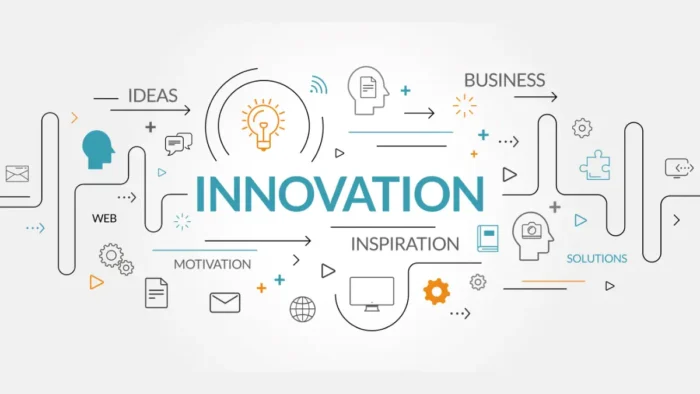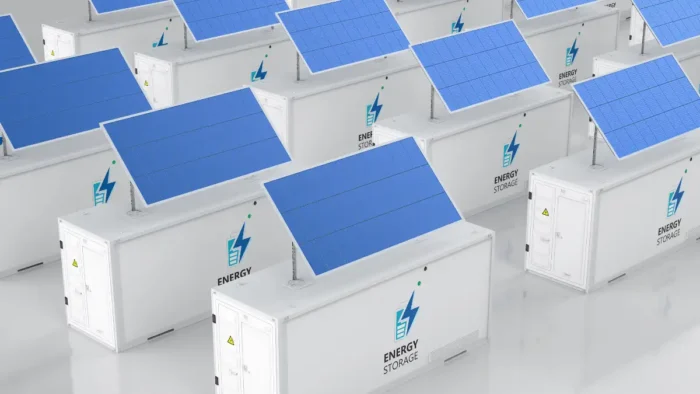Fostering a culture of innovation is crucial for any business that wants to stay relevant and grow in today’s rapidly changing world. As a business leader, you must prioritize innovation across all company levels. From product development to marketing to internal operations, there are always opportunities to take a fresh perspective and introduce new ideas.
Implementing an effective innovation process requires strategy, commitment, and input from your entire staff. With the right framework in place, you can unlock the creative potential within your team and set your business apart from the competition. Here are ten impactful ways to build innovation into your company’s DNA.
1. Encourage An Innovation Mindset
The innovation process starts with the mindset that innovation is everyone’s responsibility, not just the domain of a single department. Encourage out-of-the-box thinking and clarify that new ideas are valued, even if they don’t work out. Employees who feel psychologically safe to experiment and take risks will be much more engaged in seeking innovative solutions.
2. Make Time for Innovation
Scheduling innovation time into employees’ regular work weeks demonstrates that you actively prioritize fresh thinking. Consider setting aside a few hours each week or organizing a monthly’ Innovation Day’ when typical work is paused, and staff can explore new ideas or passion projects solo or in teams. Protect this time against intrusions and urgent requests that derail imaginative headspace.
Working creatively alongside peers often sparks unexpected solutions. Ensure the output or learning from these sessions is captured. Making space for innovation cultivates an entrepreneurial spirit even within resource-constrained roles.
Related: The Team Effectiveness and Different Roles in Teams That Win
3. Improve Workplace Culture
Take a close look at your organizational culture to identify areas for improvement. Does it embrace change readily or default to saying ‘no’ to new ideas? Promote transparency, open communication, growth mindsets, and collaboration. Innovation thrives when employees feel motivated and trusted and can drive initiatives forward.
4. Deploy Technology Strategically
Emerging technologies provide incredible opportunities to work smarter and more efficiently. Don’t adopt tech for tech’s sake, though – identify your strategic business goals first. Then, seek out solutions that streamline operations, improve sustainability, help you understand customers better, or enhance products and services. Prioritize agile integration.
5. Gather Input and Ideas
Your employees on the frontlines and your customers using the products daily are rich sources of insights. Launch quick pulse surveys to gather suggestions from each group, take notes during informal conversations, or create channels through an online portal to submit ideas.
Schedule periodic focus group discussions centered around innovation opportunities and pain points. Be sure to demonstrate that submitted input led to real changes, even if through small prototypes or experiments. Closing the loop builds engagement over time. You can uncover improvement areas and validate concepts through these crowdsourced recommendations.

6. Stay on Top of Trends
Make a habit of analyzing industry developments, competitor offerings, societal changes, and technological shifts.
Look for ways these macro trends will impact customer needs and preferences in the future. Then, brainstorm innovations aligned with upcoming landscape changes rather than simply reacting down the line. Subscribe to thought leader newsletters in your space.
7. Incentivize Innovation
Rather than assuming innovative employees are solely intrinsically motivated, consider sweetening the pot through extrinsic rewards.
For example, you could offer a quarterly bonus to the individual or team responsible for the most promising new product feature or process enhancement. Or provide the choice of a special assignment, public recognition, equity, or promotion to those excelling in innovation.
Ensure the innovations tie directly back to business goals and make the selection criteria transparent. Incentives demonstrate you put money and career growth behind fresh thinking. Celebrate both game-changing innovations and honorable failed experiments publicly.
8. Encourage Experimentation
Only some new ideas will succeed, and that’s okay. Provide resources for calculated experimentation through prototyping, beta launches, A/B tests, and small-batch releases. Analyze results objectively. Were there valuable learnings even if adoption was low? Refine based on data rather than emotions. View every test as an opportunity to gain insights.
9. Allow Time for Diffusion
Wait to pull the plug on an innovation. It takes time for new offerings and processes to gain awareness and traction. Set key performance indicators upfront and commit to re-evaluating in set intervals, such as quarterly or biannually. Diffusion models estimate that adoption lifecycles often span years.
10. Collaborate Externally
Your business likely has limited ideas, so connect with startups, academic institutions, nonprofits, and vendors in adjacent spaces. Strategic partnerships, knowledge sharing, mentorship programs, and open innovation platforms can yield fresh perspectives.
Explore licensing arrangements and investments to monetize developments outside core products.
Final Thoughts
Following even a handful of these suggestions will put your business on a strong footing to embed innovation holistically. The most successful approach combines process changes, culture shifts, human-centered design, and an external lens. With an empowered team and structured outlets for creativity, you will unlock innovation and new value at every turn.





